[ Note: I don't consider myself an expert, just someone who loves growing edible plants and enjoys sharing what I have learned with others, as so many others have done for me.]
From seed swaps and plant sales, to online vendors and seed saving, there are unending options to delve into when selecting seeds and seedlings for Square Foot Gardening. It’s all very exciting, and for novice and experienced gardeners alike, sometimes too much choice can be overwhelming. While you certainly don't have to choose either or, weighing the pros and cons of both options can help make your own Square Foot Gardening plans easier.
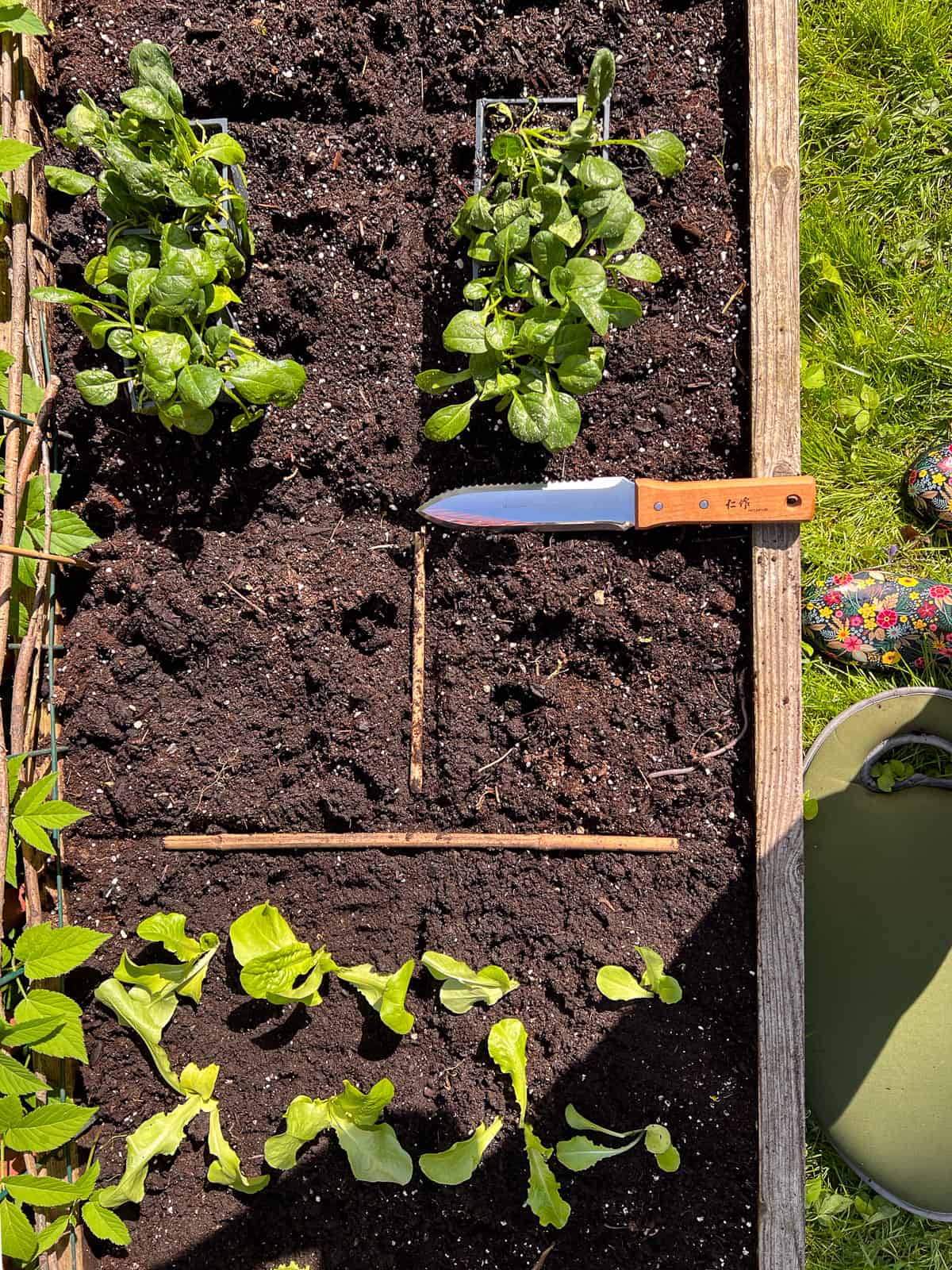
A Square Foot Garden can happily include any mixture of plants started from seeds and purchased seedlings, in any combination that works for the individual gardener.
My approach to using seeds and seedlings continues to evolve each season. Depending on the year, and based on how much time I have before the growing season starts, I often start a proportion of my plants indoors from seed. Some years I don't start any indoors at all, instead directly sowing seeds into the soil during the appropriate time windows, and most years supplementing those plantings with purchased seedlings.
Jump to:
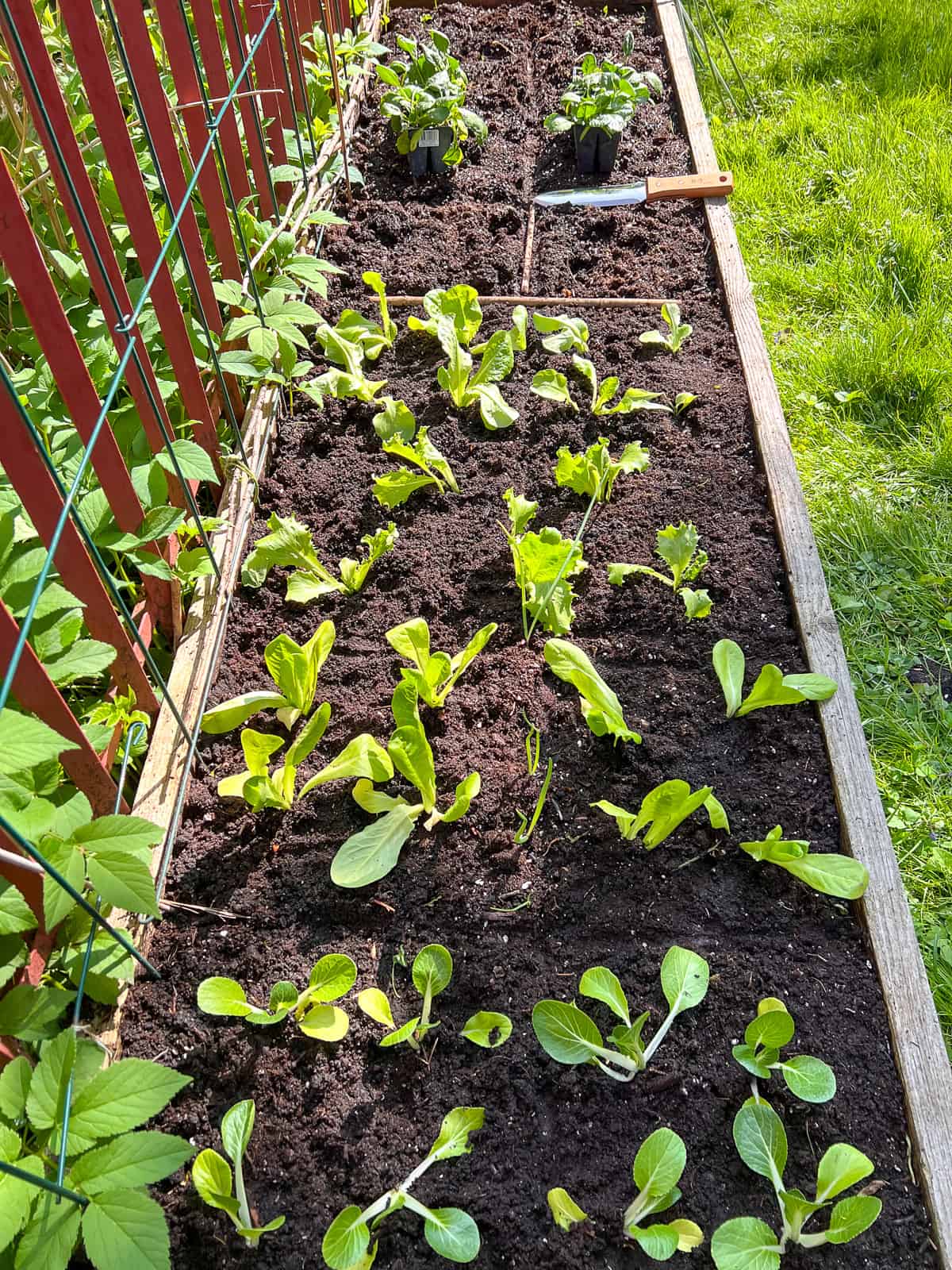
Plants grown from seed indoors alongside purchased seedlings are planted out on a spring day, easily making the Square Foot Gardening spacing system visible.
Seeds
For the first few years of my journey growing things I tended to use mostly seeds that I started indoors, and from that experience I have learned a few things that I hope you will find useful.
Time and space considerations
To begin with, I found that starting from seed had me eager to have my own home raised seedlings ready to go the moment plants could be planted out. Even if you are not as eager as I was, starting from seed indoors did require a bit of time calculation, starting with when the seedlings are ideally planted outside and working backwards to when the seed should be started indoors. Many gardening books and online guides can provide detailed information on the timelines for specific plants in specific planting zones. For me, that meant starting seeds indoors about 2 months before the final frost free date in my planting zone depending on what I was growing.
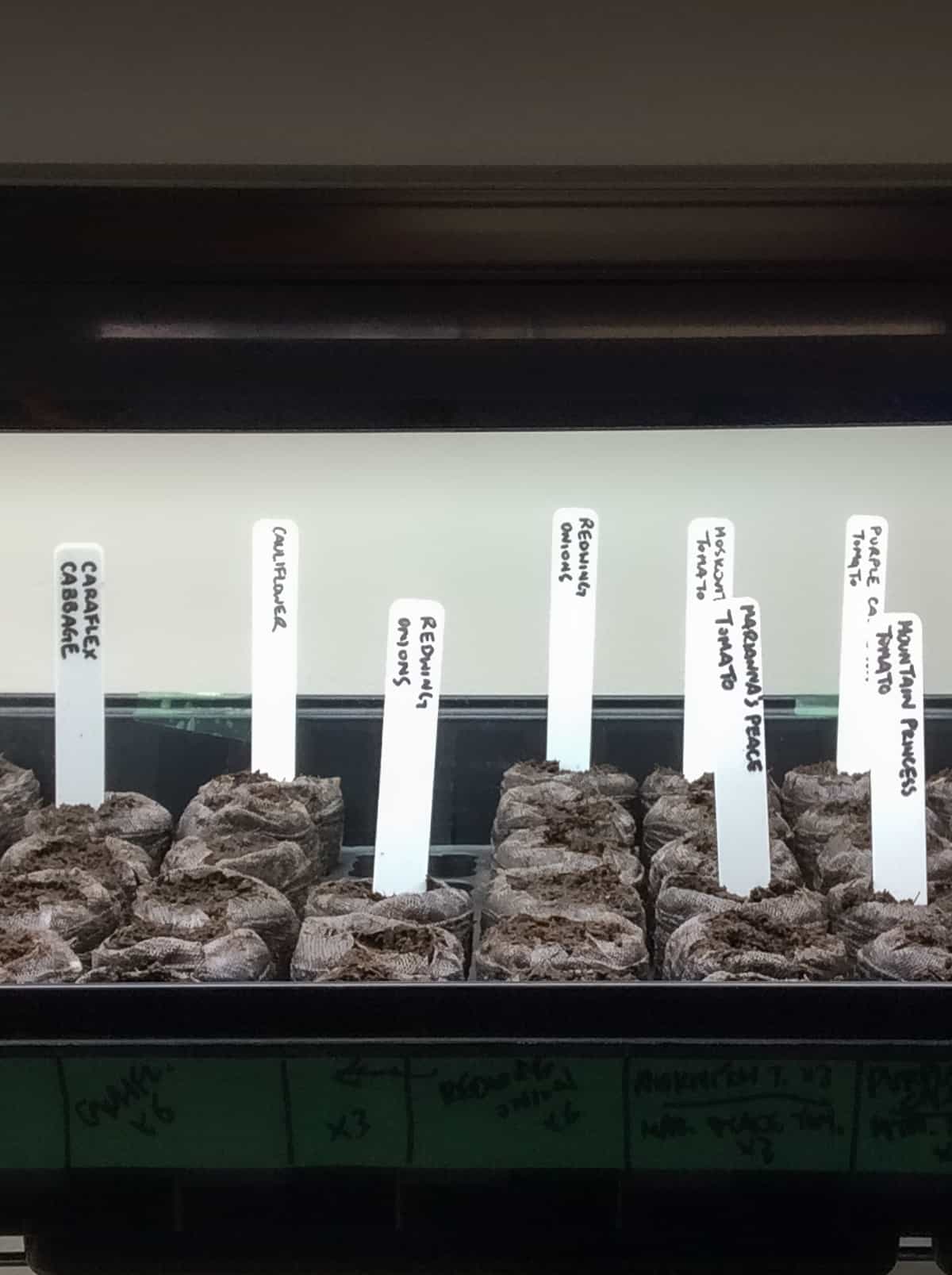
During my first few years creating my Square Foot Garden, I spent a lot of time excitedly rearing seedlings indoors under grow lights
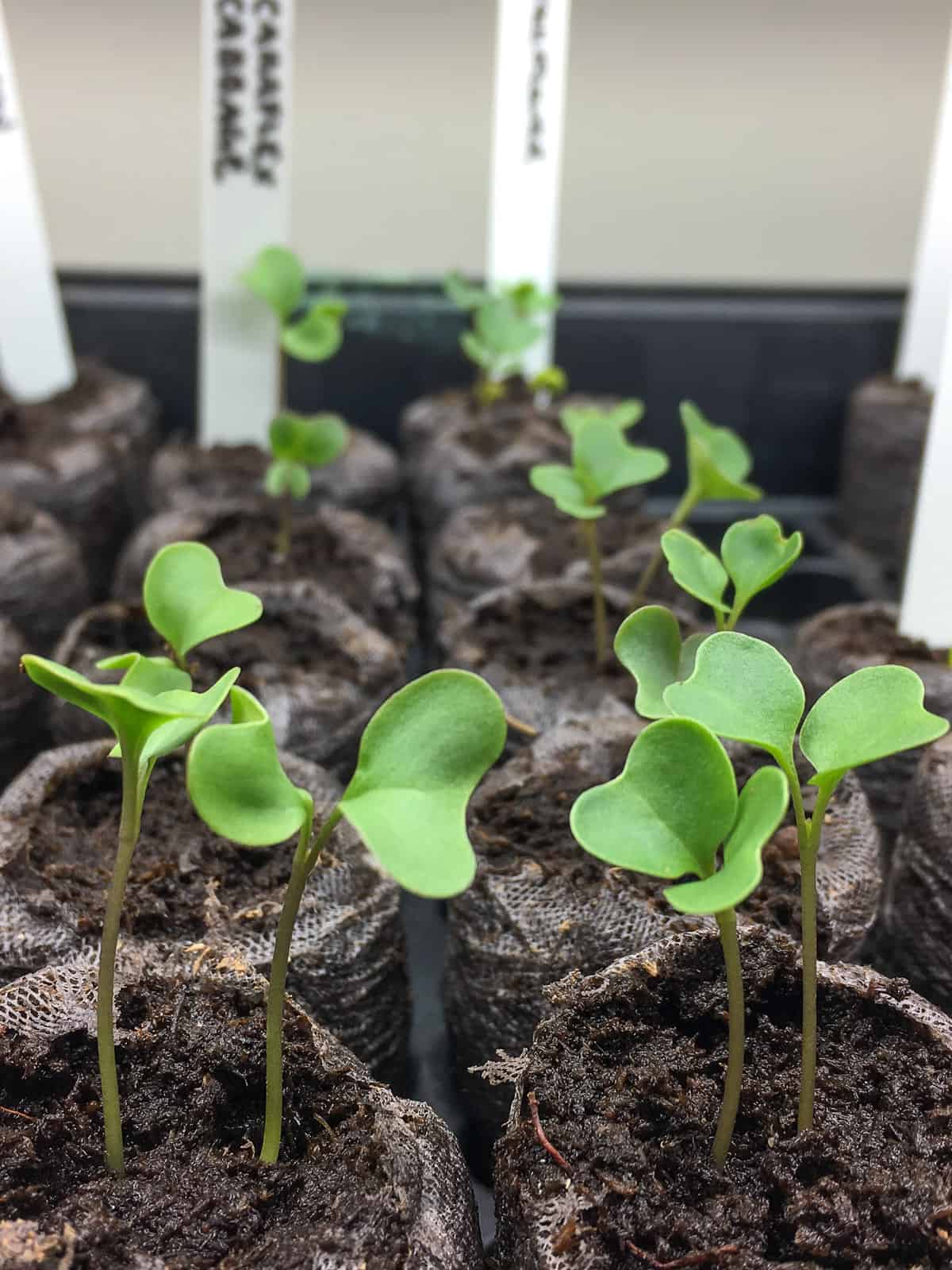
Watching little seedlings burst forth and grow vigorously into young plants is one of the pleasures of starting from seed.
Timing aside, starting from seed indoors does require some space, lights, and other materials such as seed trays, soil, and of course seeds. At one point I had about 5 shelving racks complete with special lights crammed with dozens of seedlings each year, with all of the daily tending and watering that process required.
It was more than worth it, but these days, I find I have less time and space to grow as many seedlings from seed indoors. I reserve my choices for plants that are best suited to direct sowing, such as mixed lettuce seeds that can be scattered directly into the ground with little tending. I also grow hard to find plants from seed, as seedlings of these plants may not be available at all. And from experience, certain plants don’t fare as well in their earlier stages due to critter predation (yes I am looking at you backyard squirrels, racoons, and opossums), so I may grow those plants from seeds as well, either inside, or directly planted into the soil.
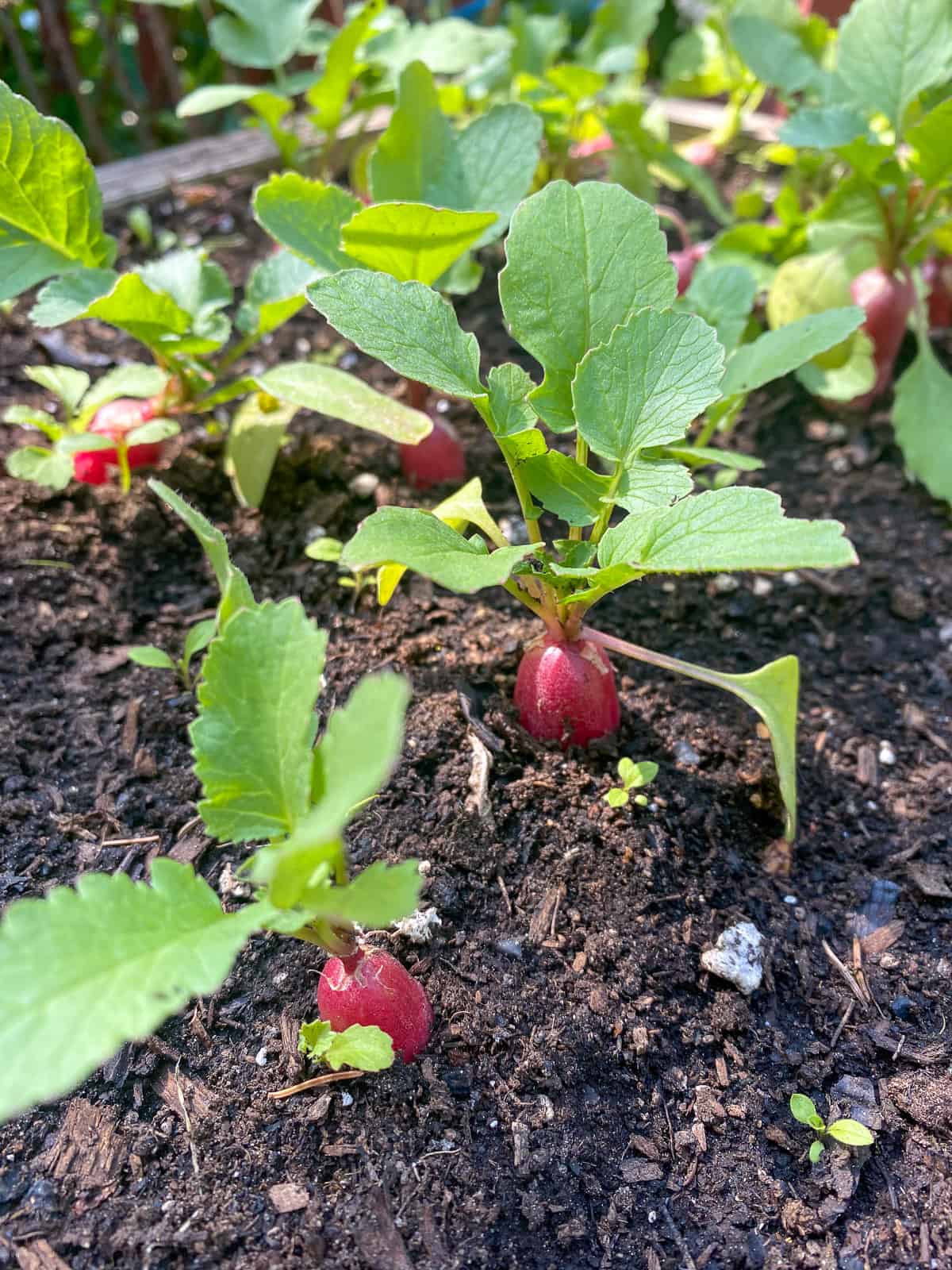
Some plants, such as those that have large edible roots or tubers, are best sown directly into the ground with seed
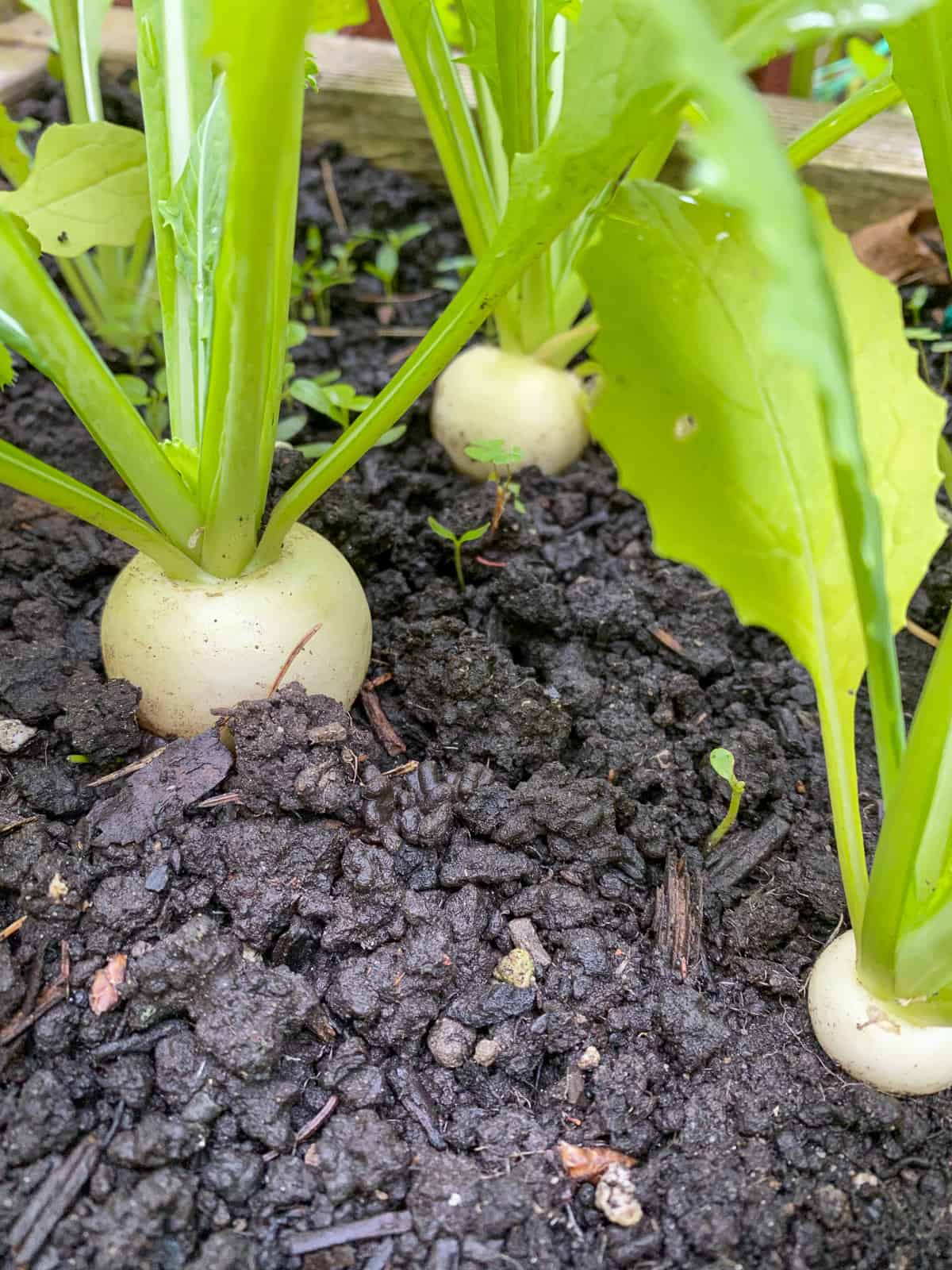
(L) French breakfast radishes and (R) Hakurei turnips grown from seed.
Buying seeds
When buying seeds, it is very easy to be tempted by the multitude of delightful seed varieties available and end up overstocked with seeds (ahem, I may just know something about this). Seeds do have a ‘shelf life’, and the older they are, the less successful the germination rate over time. Considering that a single packet of lettuce seeds may contain as many as 500 seeds, and that you may use only a quarter of the packet, if that, in a single season, may indicate the need for some restraint (note to self!).
While some varieties of seeds may be packed in much smaller numbers, overbuying is easy to do, and can lead to seed waste. Now of course, variety and excitement when trying something new is an important part of gardening too, at least for me. I still have to constrain myself in the number of seeds I buy, and I make a point of participating in seed swaps, giving away small amounts of seeds, and even donating extra seedlings to neighbours so that I can continue to have diversity in my garden without too much waste. In addition, various seed companies may offer smaller packets of seeds, which means you can indulge in variety without excess waste.
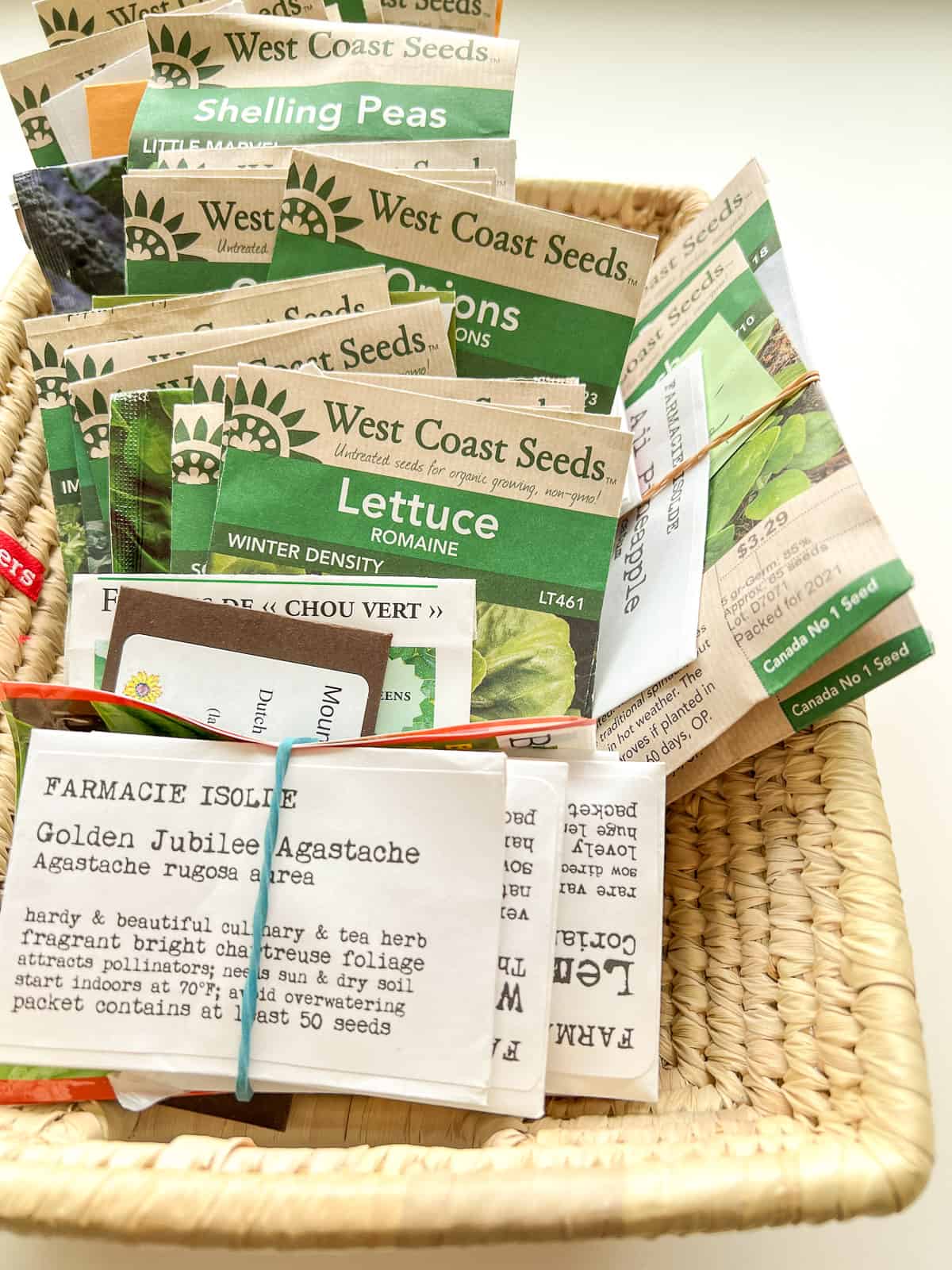
While I "try" to keep my seeds organized, there is some fun to be had in discovering seed packets I didn't even remember I had!
What to do with excess seeds
If you do find yourself with excess seeds that you don’t want or need, and if you live in Canada, consider sending in your unused seeds to Seeds of Diversity who will distribute them during their various seed swap events. You can can also bring extra seed packets to a local seed swap, gardening group, or offer them to neighbours and friends. Numerous countries around the world have similar organizations that will collect and re-distribute seeds so that they don't go to waste.
Harvesting your own seeds
One other beneficial and pleasurable aspect of gardening edible plants is that you can generate your own seeds! These seeds can be used as a desirable secondary harvest to eat, such as the delicious coriander seeds that grow after the plant has bolted. These same seeds can be collected, dried, and used in future growing seasons. There is probably little else as satisfying in gardening as growing a plant from a seed, that you collected from a plant that you grew!
If you are intrigued by the idea of saving seeds, please consult a seed savers organization such as Seeds of Diversity, Seed Savers, or one of the many other seed saving organizations around the world near you for clear instructions on how best to collect and store your own seeds.
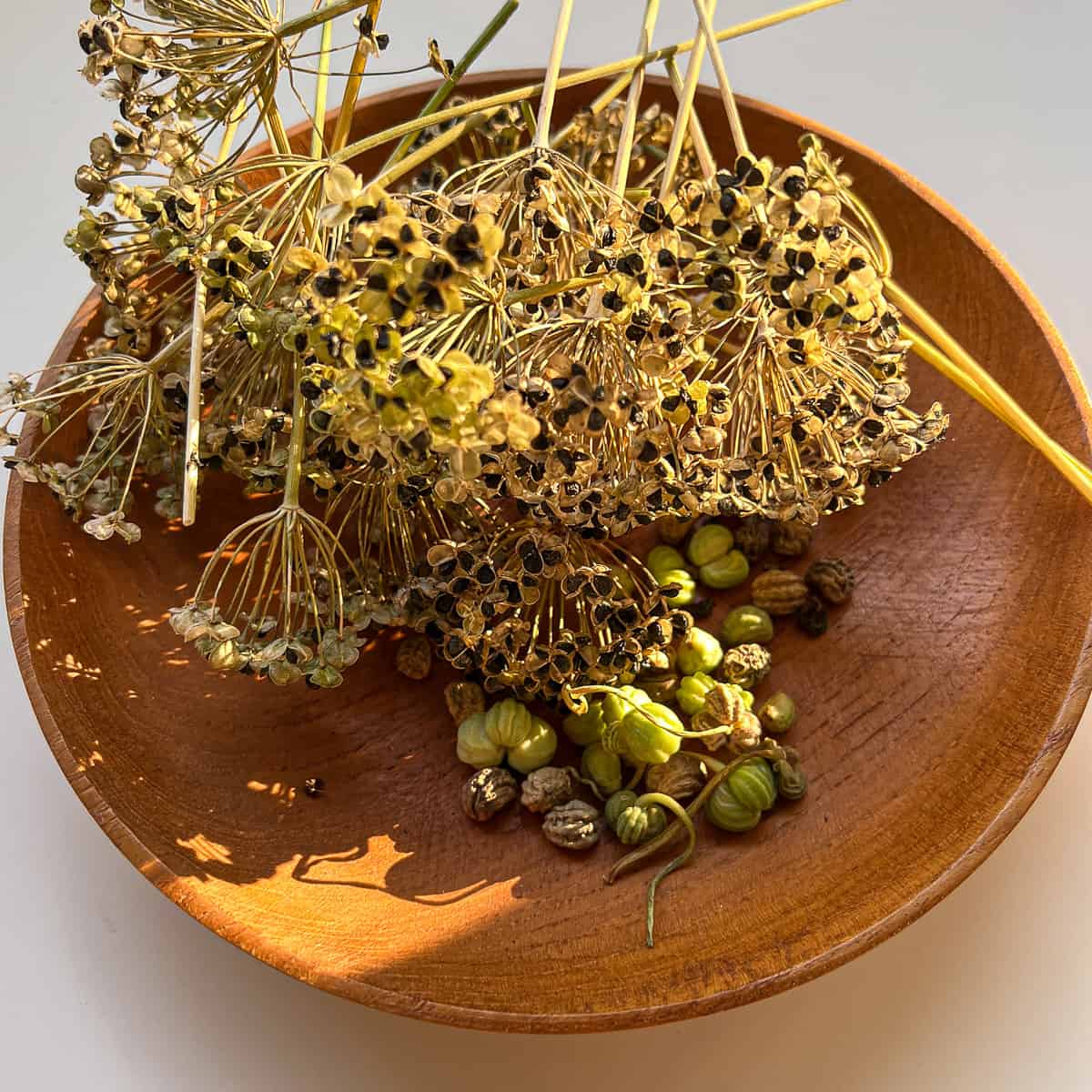
Garlic chive and nasturtium seeds; collecting seeds after a few years of practice is practically second nature.
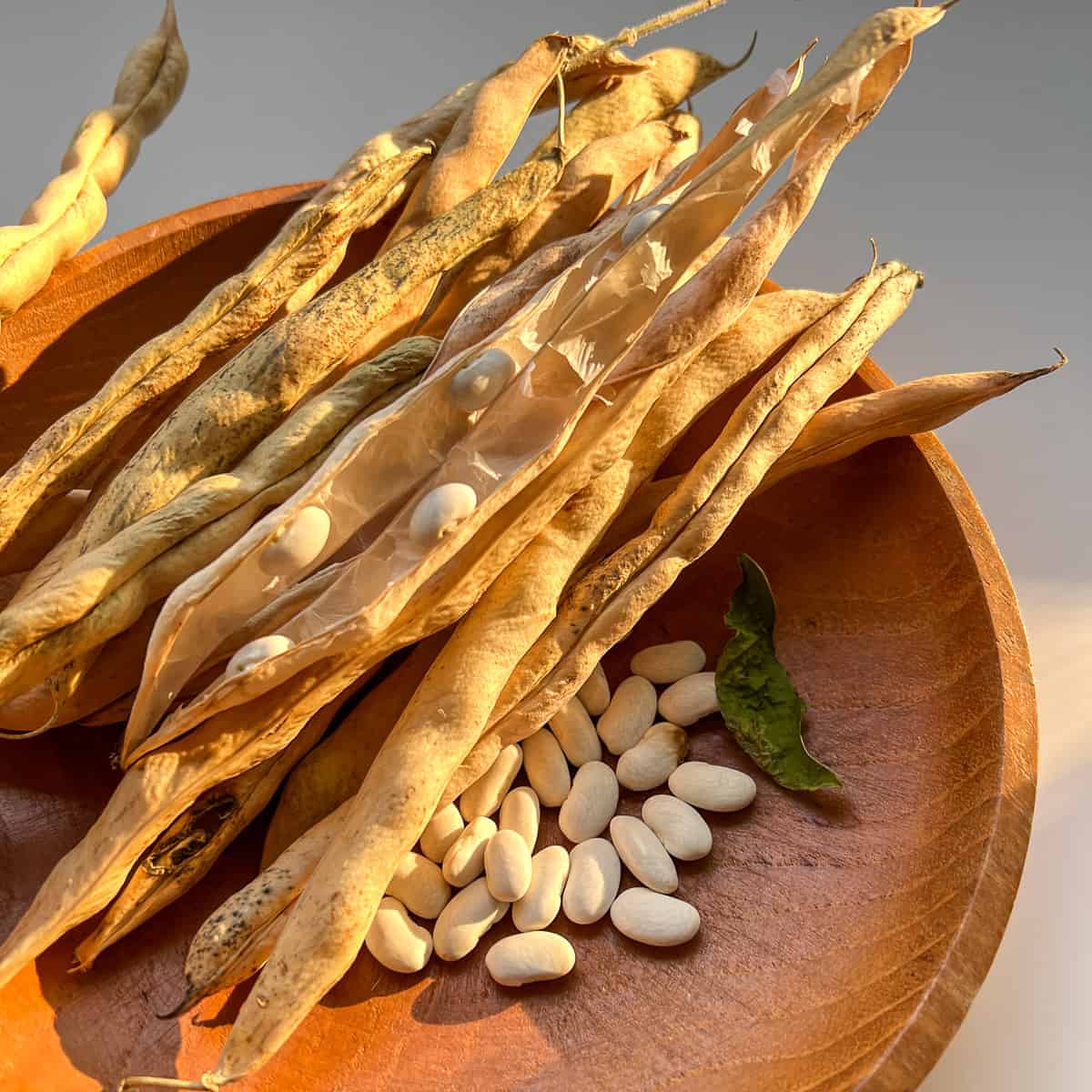
Masai bush bean seeds, that I have grown from my own seed at least three years in a row!
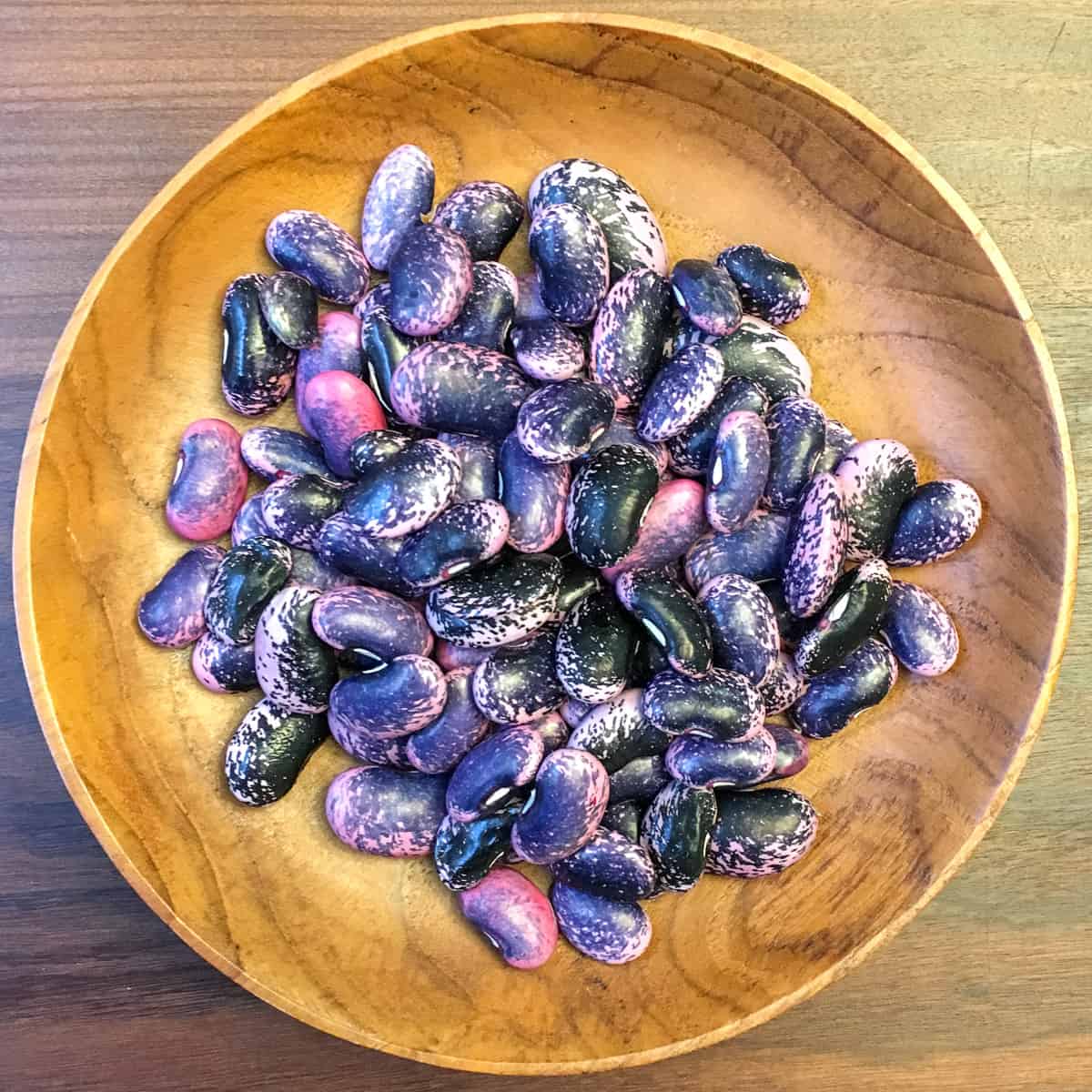
Scarlet runner beans, worth saving just for the gorgeous colour alone!
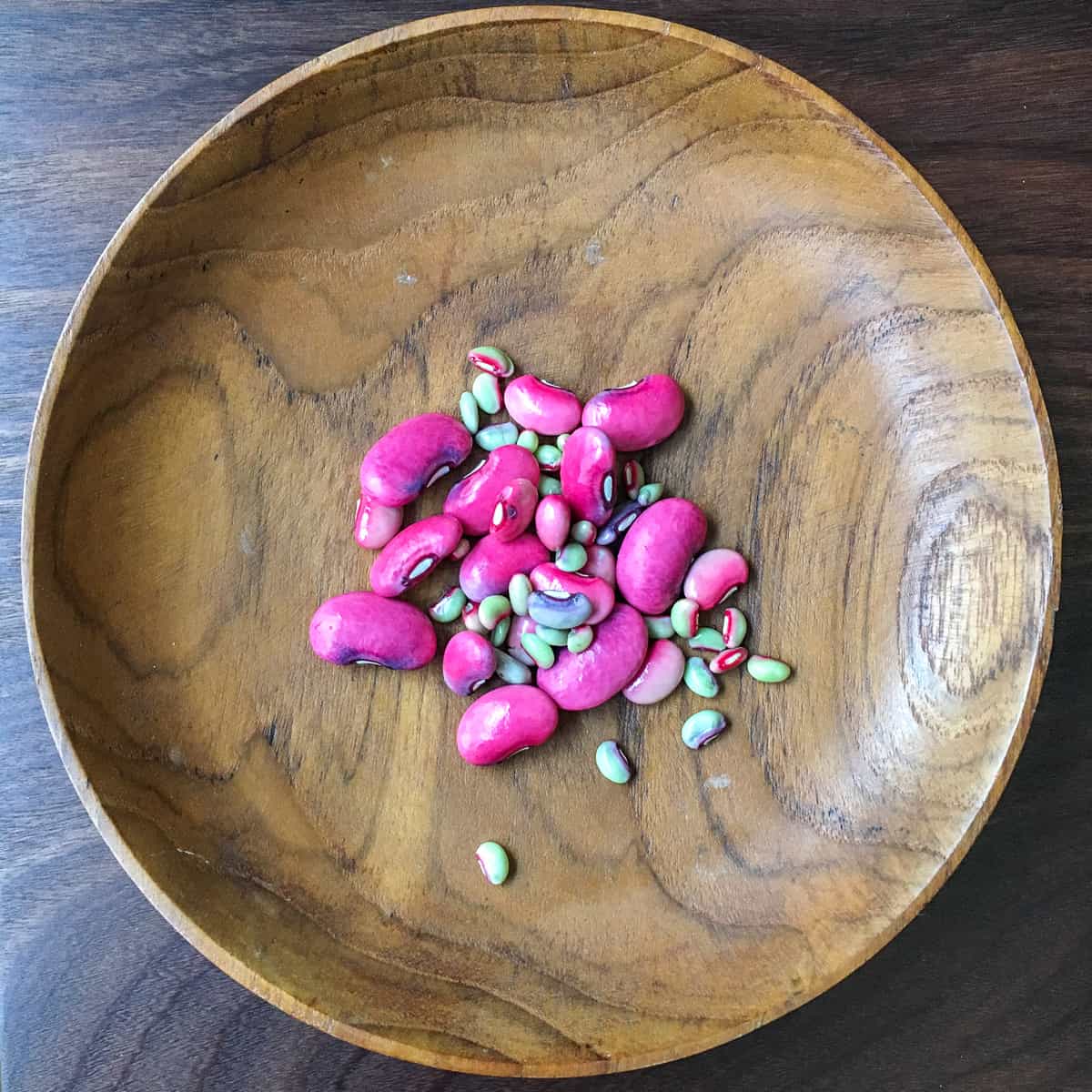
Sometimes I don't even remember what seeds I have saved; an adventure for the next growing season in waiting!
Seedlings
Seedlings, small plants in the early stages of growth, are also known as “starts” or "plant starts" and are readily available from farms, farmers markers, and garden centres throughout the spring and summer.
The benefits of using seedlings
Using seedlings to get your growing season going has a number of benefits. To begin with, especially if you are just starting out in your own journey growing things, using seedlings means completely removing the time intensive process and potential overwhelm of starting from seeds.
In my own journey growing things I have learned not to take too much on at once, so when I got started, and even now when I know I will be busy, I stick mostly to seedlings, using seeds only in specific instances. As time passes and you gain experience, you can reduce the number of starts and increase the amount of plants you grow from seed if you have the time, resources, and inclination.
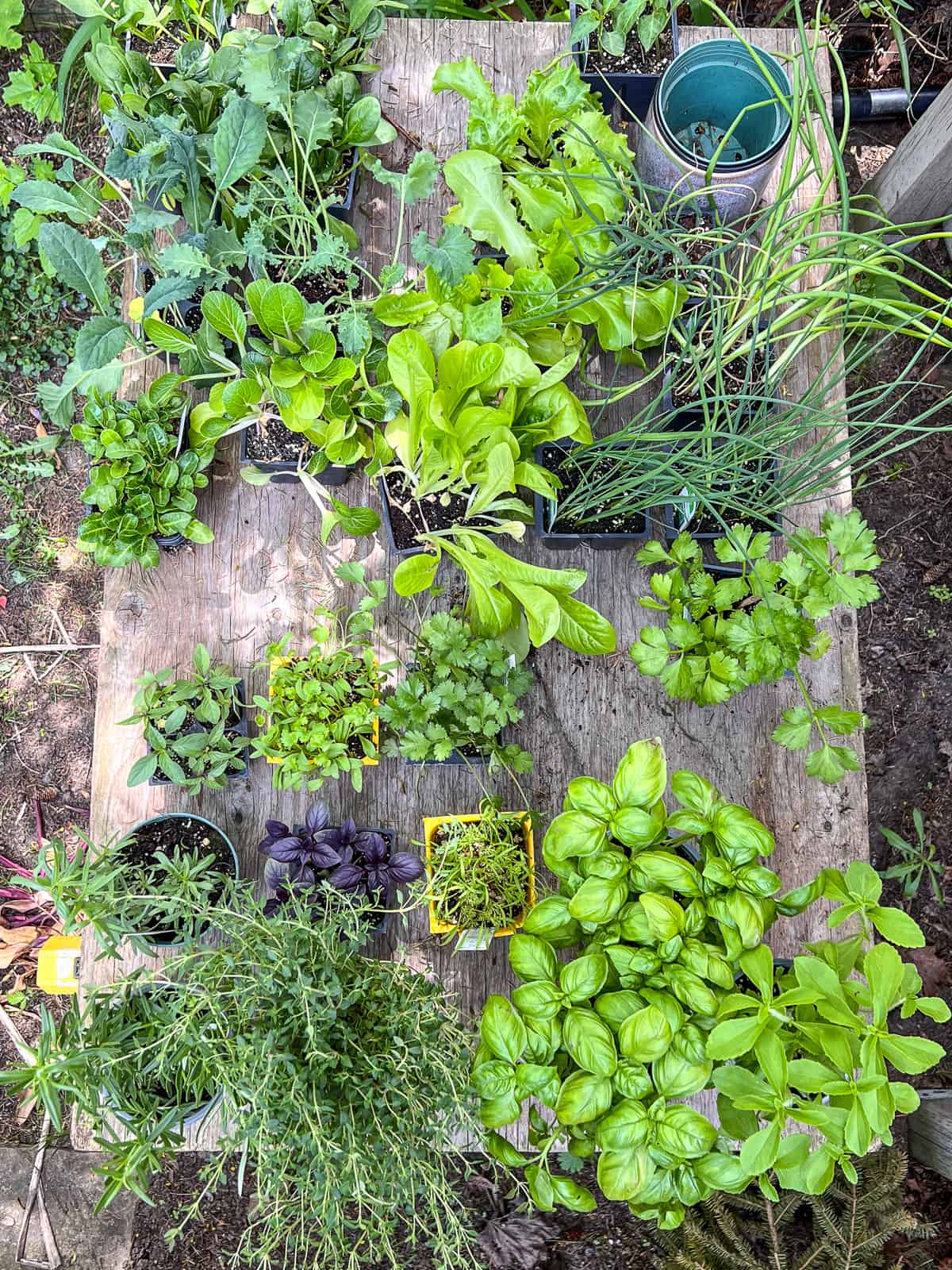
Seedlings, small plants in the early stages of growth, are also known as “starts” or "plant starts" and can really help you get ahead with the gardening process.
Getting a head start
Seedlings are usually sold at a stage where that can be planted out almost immediately, meaning you get a great head start on your growing journey, as the plant has already developed for weeks or even months. This head start on the growing process means you may get to your harvests a bit more quickly and with a higher level of success. This head start will in turn provide encouragement for you to keep developing and nurturing your garden.
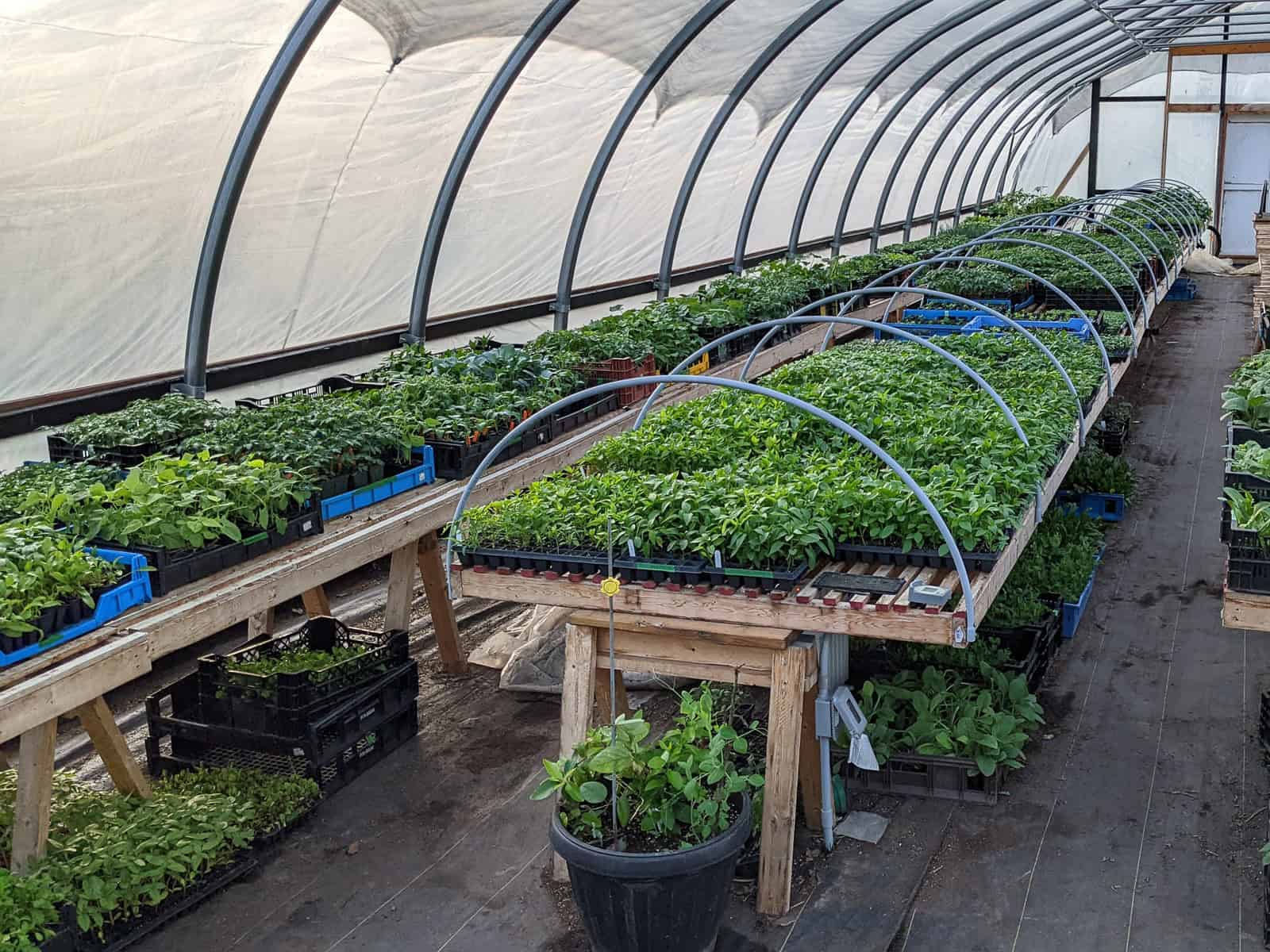
Let someone else do the work for you; trays upon trays of healthy seedlings in the interior of a greenhouse at Wheelbarrow Farm, where some of my seedlings come from almost every year.
The first year I grew crops using the Square Foot Gardening method I came across some small pots of densely packed lettuces from favourite seedling vendor Wheelbarrow Farm. Intuitively, I split the seedlings into four clumps, and planted them into one square foot of my raised bed. The little sections of lettuces grew to fill their entire square, and that one little pot gave me a square foot of lettuces for months, cutting after cutting! Using seedlings certainly added to my confidence, as well as my successful yields!

You can just see at the front and back of the image the lettuce seedlings that provided me with an astonishing volume of fresh greens during my first year growing in a Square Foot Garden.
Visualizing the plant spacing system
When using the Square Foot Gardening method, using seedlings also provides enormous help understanding and visualizing the plant spacing system, for instead of planting seeds, which you can’t see until they sprout, you can space out the little plants as you get ready to plant them in your garden, and thus can see how the spacing works right away.
Many seedlings, such as kale, chard, spinach, onions, and various herbs, have more than 1 plant per pot, sometimes as many as 4 or more. This number of plants means you will have multiple seedlings to plant, even from one little pot, which adds great value to your purchase and helps fill out your garden.
Using seedlings or starts is a great way to maximize your time, build your confidence, add to your chances of successful harvests, and in general, is a delightful way to build your garden. I can say from experience that one of the true delights of gardening is coming home with a tray of perky green plants ready to go into the garden.
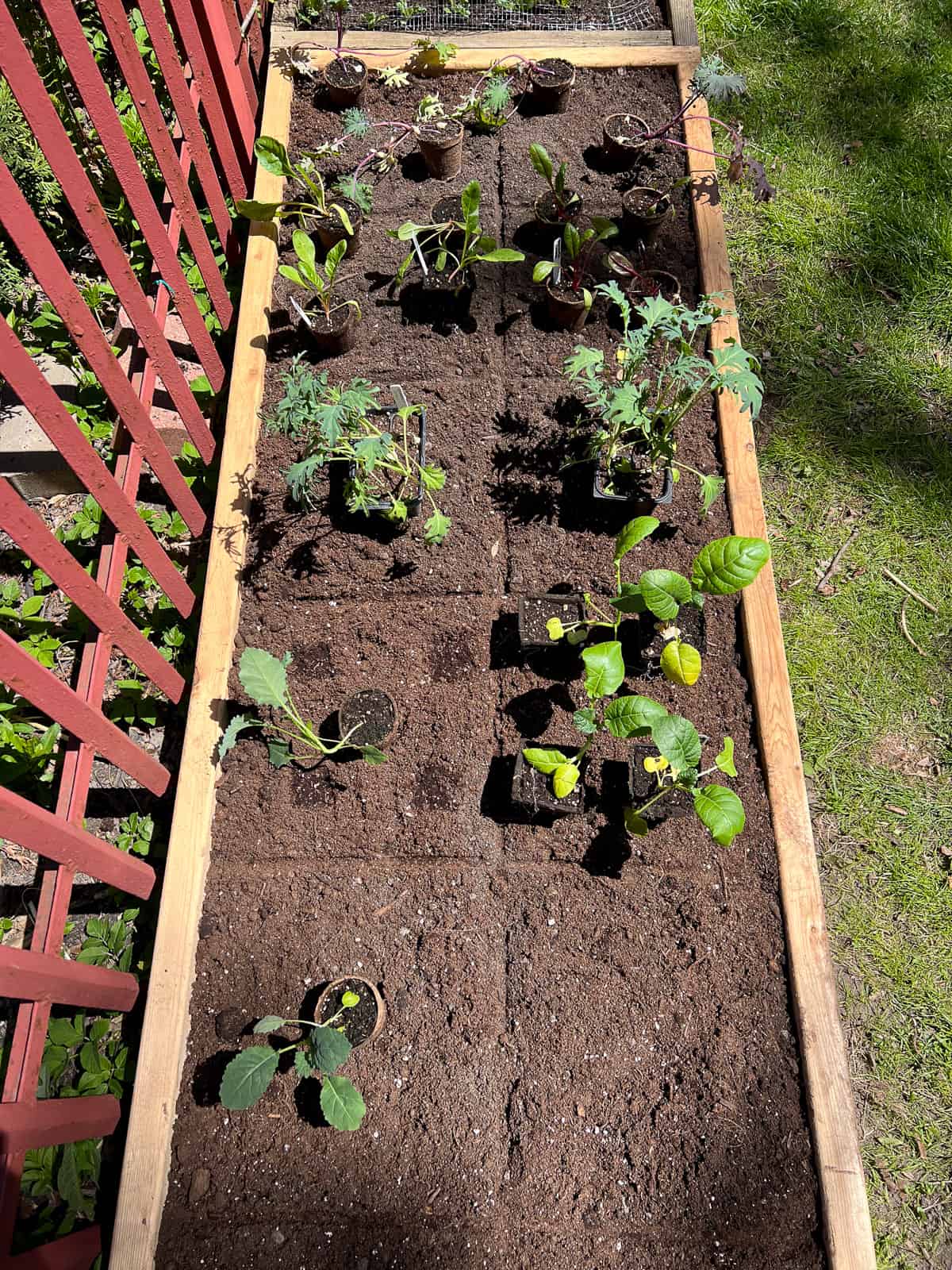
Before I start planting, I space my seedlings out, still in their pots, according to the Square Foot Gardening system, making any adjustments before I continue.
Quality makes a difference
One thing I have definitely learned over the years is that the quality of vegetable seedlings is important. While it is easy to find ‘discount’ seedlings at corner store garden centres, I have definitely noticed that these cheaper seedlings can be much more susceptible to disease, and can easily introduce pests into your garden.
It’s also often unclear if these seedlings have been sprayed with herbicides or pesticides (and I would assume that they are), something that I try to avoid. On the occasion I have given in to temptation and bought a number of these cheap seedlings I almost always regret it, finding that they have introduced pests to my garden, or I just end up pulling them out due to low productivity or disease before harvesting.
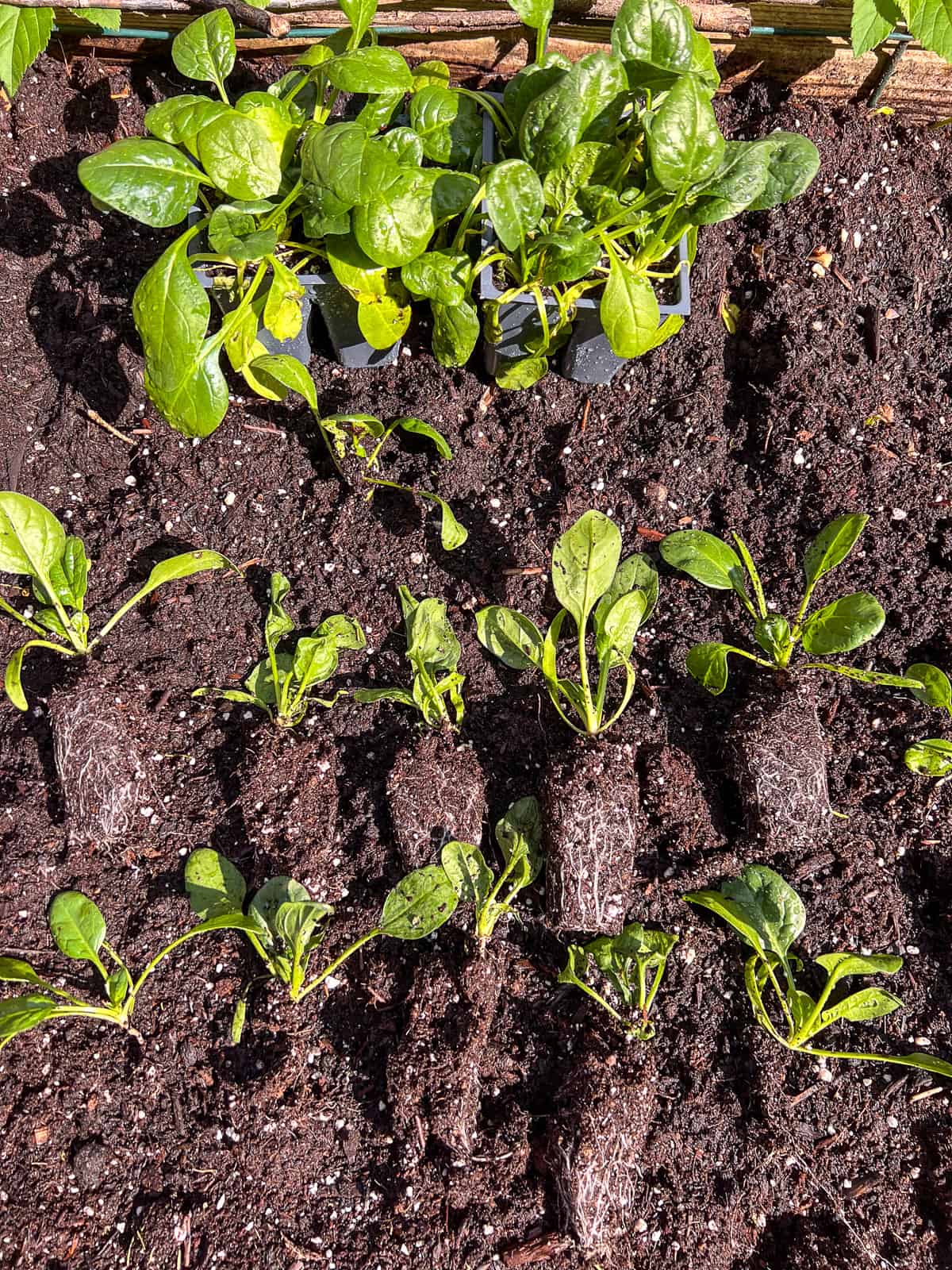
Often plant seedlings have more than one plant growing in each little "cell;" if you are gentle you can seperate them out before planting, getting better value from your purchase and filling your garden more quickly.
The only exception to this rule in my experience is herb seedlings, which I find are usually viable and of acceptable quality. Sometimes if I can’t find a higher quality organic version of what I am looking for, for something basic such as parsley or basil, I just buy what I can find and know that I am doing my best!
In contrast, I have had great success with slightly more expensive but much higher quality organic seedlings purchased from organic farmers at farmer’s markets and certain garden centres. In my experience, these seedlings rarely fail, are less prone to disease or pests, and are often of a more interesting variety than can be found elsewhere.
Over time you can mix and match what you start from seed and what you buy as a seedling, and this process is another aspect of the novelty, variety, challenge, and satisfaction that gardening can provide.

A juvenile robin searches for worms in amongst the seedlings in my backyard Square Foot Garden. Bird visitation is a great sign that beneficial worms are colonizing your beds.
Interested in reading more about
Square Foot Gardening?
Read more in my Square Foot Gardening series:
Favourite resources
[Note: any of the methods, organizations, products, or companies mentioned in this post solely reflect my own personal preferences.]
Growing Things - Check out my ongoing series of posts detailing my journey into square foot gardening, and some of the herbs, fruits, and vegetables that I have grown.
Square Foot Gardening Foundation - Find out more about the method from the originators of this urban friendly and social justice oriented growing practice.
Seeds and seedlings
Farmacie Isolde - I adore this small scale seed vendor as much for the pleasure of reading their seed and plant descriptions as for the truly interesting and successful harvests I have been rewarded with from using their seeds. Favourite plantings in the past have included Golden Sweet Snow Pea, Romanesco Zucchini, Bear Necessities Kale, Cilician Parsley, and numerous unusual herbs.
Richters - If you love herbs, this place has the motherload. If you are ever in the neighbourhood or fancy a drive in the country, is it more than worth it to walk through their greenhouse and become acquainted with hundreds of types of herbs, many that you may have never even heard of. Their catalogue contains a huge range of herbal and medicinal seeds, as well as a selection of interesting vegetables and fruit seeds. They also sell plant starts which I have yet to try.
Urban Harvest - This local vendor carries organic seeds for vegetable gardening essentials and also produces plant starts in the spring.
West Coast Seeds - This Canadian vendor supplies a huge range of organic and heirloom seeds, as well as handy planting charts for zones across Canada. I look to this source for regular repeat plantings and new and interesting varieties to try each year. Favourite plantings in the past have included Masai Bush Beans, Mini Purple Daikon, Hakurei Turnip, Ethiopian Kale, and numerous other varieties.
Wheelbarrow Farm - An an organic vegetable farm in Ontario that sells fantastic organic seedlings each spring, directly from their farm and at various locations in and around the Toronto area.
Soil
Pure Life Soil - This soil vender in the GTA region (formerly Pagonis Soil) is where I have sourced my high quality organic soil mix amended with worm castings, since the beginning of my gardening journey. This soil was recommended to me by other growers when I got started, and I'm still using this soil regularly 8 years later and counting. If you aren't in the GTA area, you can still check out their soil mixes as a guide to searching for something similar in your region.
Community
Farmers Markets - A wonderful source of seedlings or plant starts for gardeners in the spring and summer. I’ve learned quite a bit about various crops and have been inspired to grow new varieties by chatting with farmers at my local market, one of over 180 across Ontario.
Toronto Urban Growers - a community oriented organization that supports the efforts of urban food farmers at whatever scale. They hold information events, showcases and local growing competitions which are fun to view and enter. Your town or city likely has a similar organization nearby.
Seed Saver organizations - there are dozens of grass roots seed saving organizations around the world where you can find, exchange, or donate heirloom seeds. Use this list as a starting point or simple google 'seed savers + your country of residence' to see what is available in your region.
Seeds of Diversity - This Canadian organization dedicated to the protection and preservation of heirloom and endangered food crops is a wonderful source of information for gardeners. They they also organize ‘Seedy Saturdays’, a series of events that facilitate seed swapping between home growers.
Wherever you live, seed swaps are a great place to get and give seeds for free, making it easier to diversify your crops, keep heirloom varieties alive, give back to your local growing communities, and make use of extra seeds so that they don’t go to waste. This organization also produces handy resources and information about saving seeds from your own garden.
Curious to learn more about growing things?
Read more about edible plants that you might enjoy in your garden:



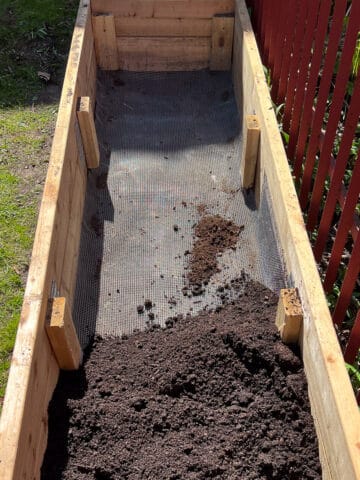

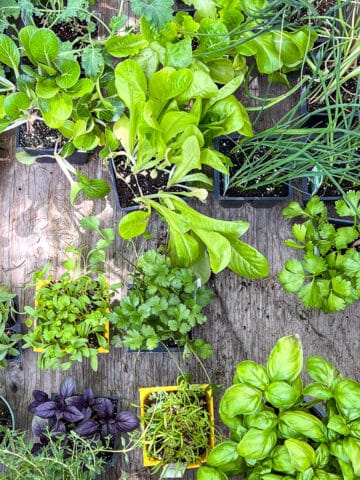
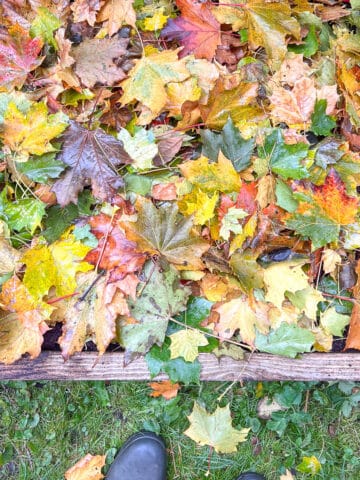
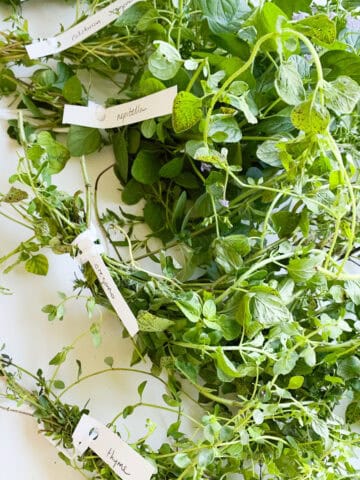
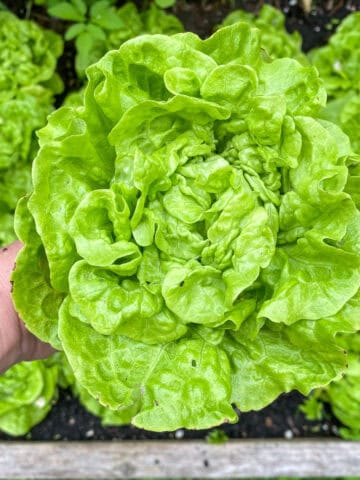
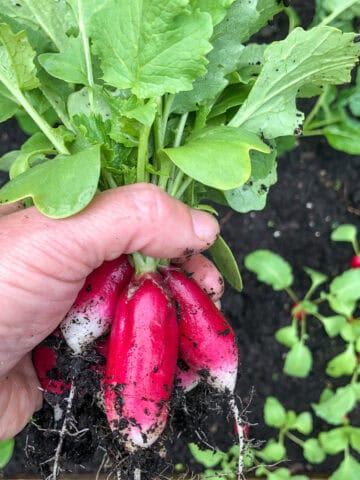
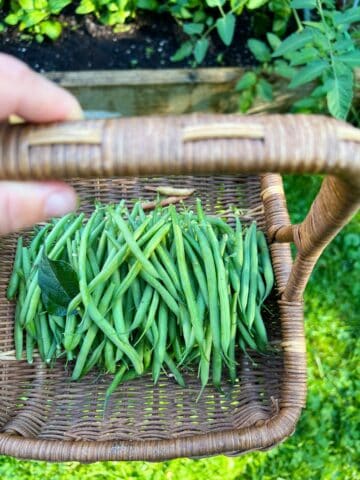
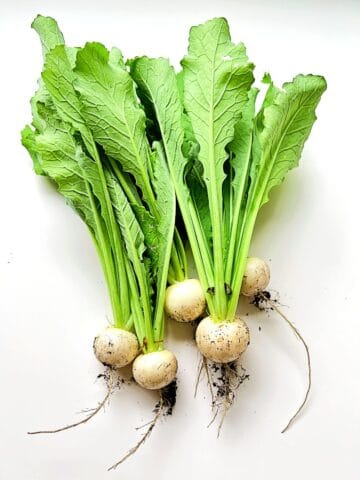

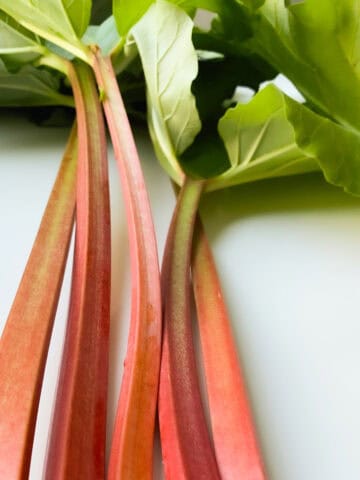
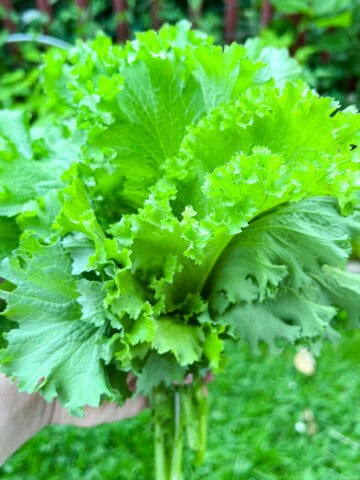
Leave a Reply